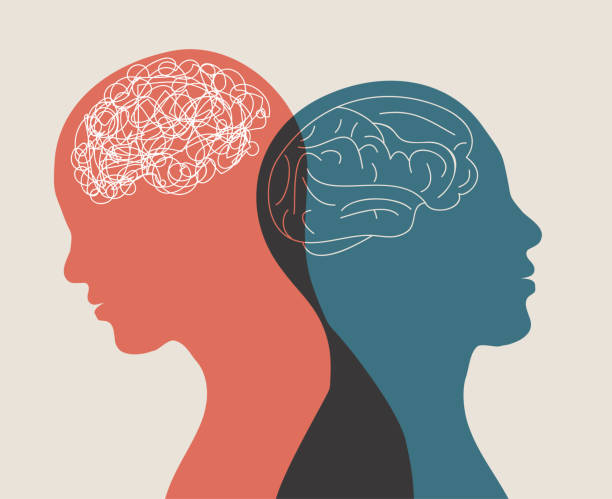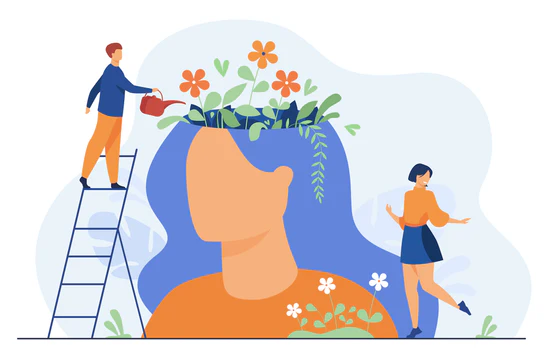Introduction
You’ve been there. You open your laptop to check one email, and suddenly—boom—you’re lost in a vortex of cat videos. From sneezing kittens to cats squeezing into tiny boxes, these furry felines seem to hold a hypnotic power over millions of internet users. But why?
Turns out, your brain is wired to love these cute creatures for reasons that go far beyond just “aww” moments.
Read More- Main Character Syndrome
The Dopamine Dance
Cute animals are powerful triggers for our brain’s reward system. When you watch a kitten do something adorable, your brain releases dopamine—the “feel-good” neurotransmitter—lighting up the pleasure circuits (Berridge & Robinson, 1998).
This dopamine surge creates a positive feedback loop: you feel good, so you seek more cute content to keep the good vibes coming. This is part of what scientists call the “approach behavior”, a drive to seek out rewarding stimuli (Kringelbach & Berridge, 2009).
The Science of Cuteness
Konrad Lorenz’s theory of the baby schema (Kindchenschema) explains why certain infantile features trigger caregiving behavior. Big eyes, round cheeks, small noses—these features aren’t just adorable; they activate neural circuits responsible for nurturing (Lorenz, 1943; Glocker et al., 2009).
Cats, especially kittens, often have exaggerated baby schema traits, which explains why your brain floods with oxytocin (the “bonding hormone”) when watching their antics (Nagasawa et al., 2015). It’s like your brain mistakes the cat for a cute, helpless baby needing care.
Internet Addiction
While harmless in small doses, the endless scrolling of cat videos can become a form of internet addiction. This behavioral addiction shares features with substance abuse: cravings, tolerance, withdrawal, and loss of control (Grant et al., 2010).
The term “problematic internet use” covers excessive online activity that interferes with daily functioning. Watching cat videos might seem innocent, but if it’s impacting your productivity, relationships, or sleep, it’s time to take a closer look (Kuss & Griffiths, 2011).
The Science of Flow and ‘Just One More Video’ Syndrome
Ever told yourself, “Just one more video,” only to find an hour later that you’re still watching? This phenomenon can be partly explained by flow state—a mental state of deep immersion and engagement described by Mihaly Csikszentmihalyi (1990).
The predictable and simple pleasure of watching cats makes it easy to slip into flow, losing track of time and external distractions. The problem is, the internet’s autoplay and infinite content make it too easy to stay trapped.
The Mental Health Perks of Cute Content
On the flip side, watching cat videos and other cute content has real mental health benefits:
- Stress reduction: Viewing cute animals reduces cortisol levels, lowering stress (Nittono et al., 2012).
- Mood boost: It can improve feelings of happiness and optimism (Reeve et al., 2017).
- Social bonding: Sharing funny cat videos can enhance social connectedness (Moss et al., 2017).
So your cat-video habit might be a secret self-care ritual—just don’t let it replace real-life social interactions.
How to Enjoy Your Cat Videos Without Getting Stuck
Some ways to enjoy your cat videos without being stuck are-
- Set a timer: Limit your cat-video sessions to 10-15 minutes.
- Schedule breaks: Alternate with physical activity or face-to-face socializing.
- Mindful watching: Be aware of why you’re watching—boredom, stress, or genuine joy.
- Curate content: Follow channels that bring you positive energy and avoid clickbait.
Embrace the Cat, But Don’t Let It Control You
Cat videos are not just cute distractions; they tap into ancient brain systems designed for social bonding and survival. They bring joy, reduce stress, and connect us, especially in isolating times.
But like all pleasures, balance is key. So go ahead, watch those kittens chase yarn, laugh at the clumsy cat fails—but remember to come up for air and live your own adventure, too.
References
Berridge, K. C., & Robinson, T. E. (1998). What is the role of dopamine in reward: hedonic impact, reward learning, or incentive salience? Brain Research Reviews, 28(3), 309-369.
Csikszentmihalyi, M. (1990). Flow: The psychology of optimal experience. Harper & Row.
Glocker, M. L., Langleben, D. D., Ruparel, K., et al. (2009). Baby schema modulates the brain reward system in nulliparous women. Proceedings of the National Academy of Sciences, 106(22), 9115-9119.
Grant, J. E., Potenza, M. N., Weinstein, A., & Gorelick, D. A. (2010). Introduction to behavioral addictions. The American Journal of Drug and Alcohol Abuse, 36(5), 233-241.
Kuss, D. J., & Griffiths, M. D. (2011). Online social networking and addiction—a review of the psychological literature. International Journal of Environmental Research and Public Health, 8(9), 3528-3552.
Kringelbach, M. L., & Berridge, K. C. (2009). Towards a functional neuroanatomy of pleasure and happiness. Trends in Cognitive Sciences, 13(11), 479-487.
Lorenz, K. (1943). Die angeborenen Formen möglicher Erfahrung. Zeitschrift für Tierpsychologie, 5, 235-409.
Moss, A., O’Neill, M., & Rundle-Thiele, S. (2017). Social media engagement and mental health: A review of Facebook and Instagram’s role. Journal of Mental Health, 26(2), 113-119.
Nagasawa, M., Mitsui, S., En, S., et al. (2015). Oxytocin-gaze positive loop and the coevolution of human-dog bonds. Science, 348(6232), 333-336.
Nittono, H., Fukushima, M., Yano, A., & Moriya, H. (2012). The power of kawaii: Viewing cute images promotes a careful behavior and narrows attentional focus. PLoS ONE, 7(9), e46362.
Reeve, C., & others. (2017). The effect of viewing cute animal images on emotional well-being. Psychology of Aesthetics, Creativity, and the Arts, 11(2), 154-162.
Subscribe to PsychUniverse
Get the latest updates and insights.
Join 3,022 other subscribers!
Niwlikar, B. A. (2025, May 24). Why Your Brain Loves Cat Videos and 4 Ways to Enjoy Them Without Getting Stuck. PsychUniverse. https://psychuniverse.com/why-your-brain-loves-cat-videos/



